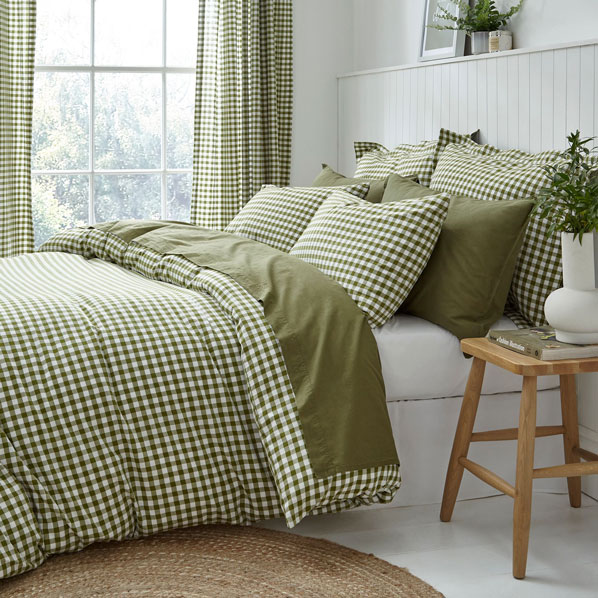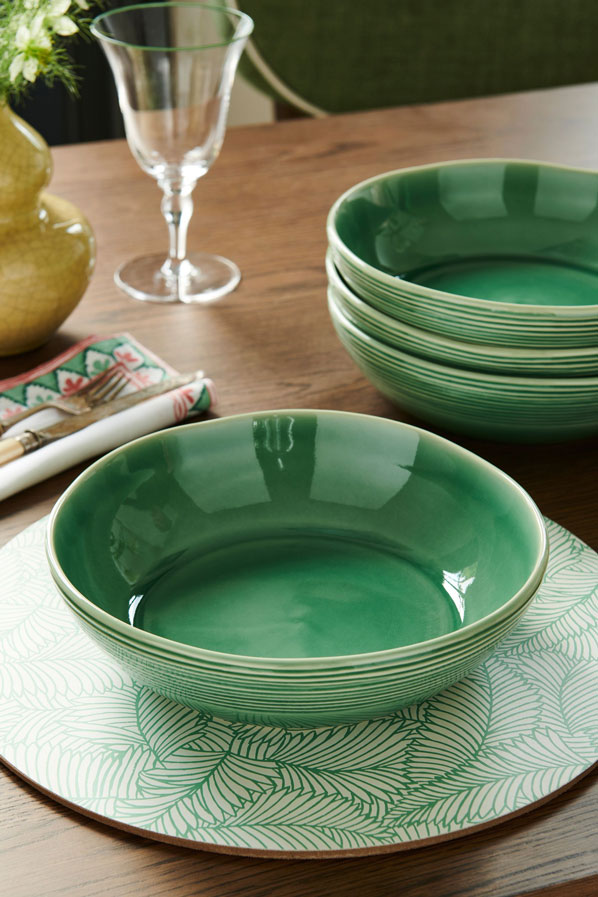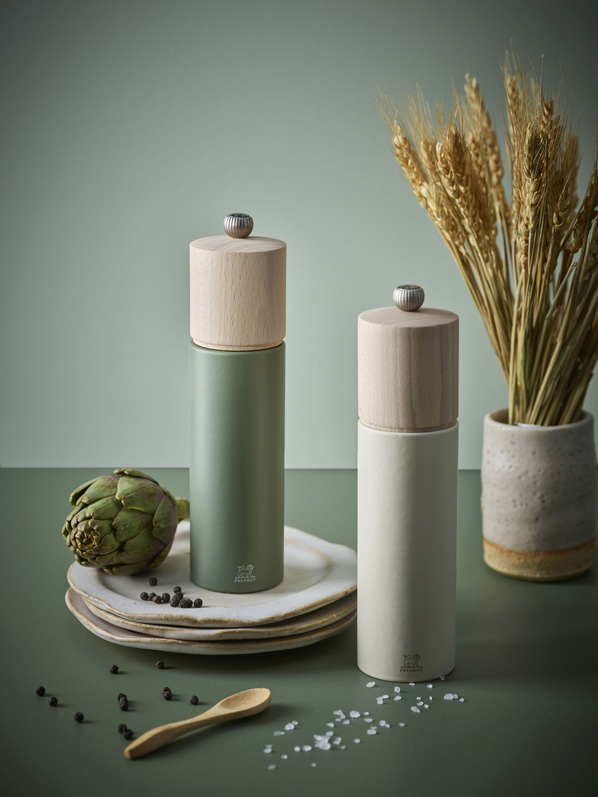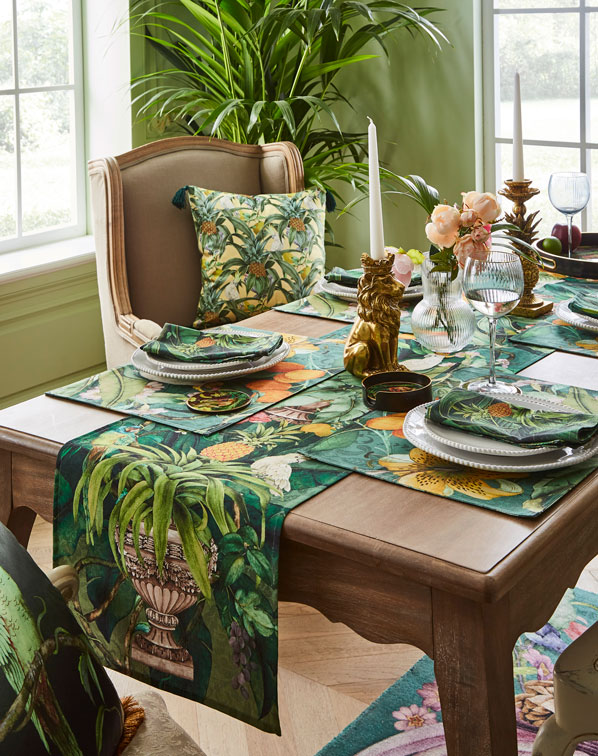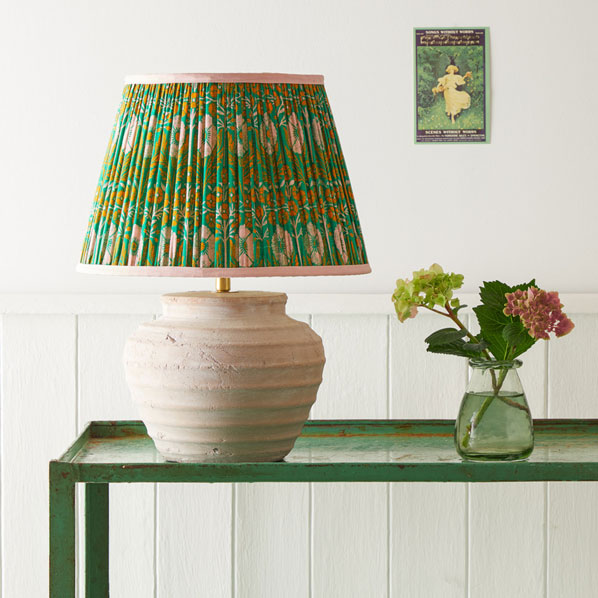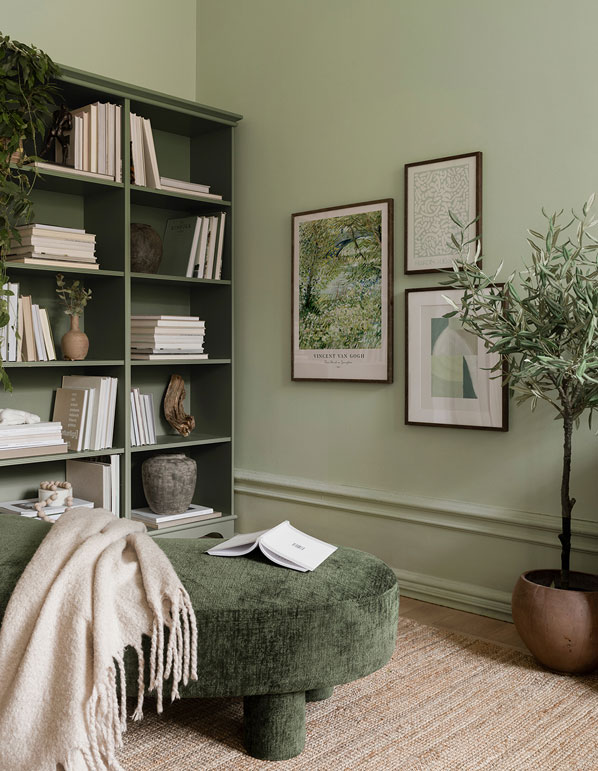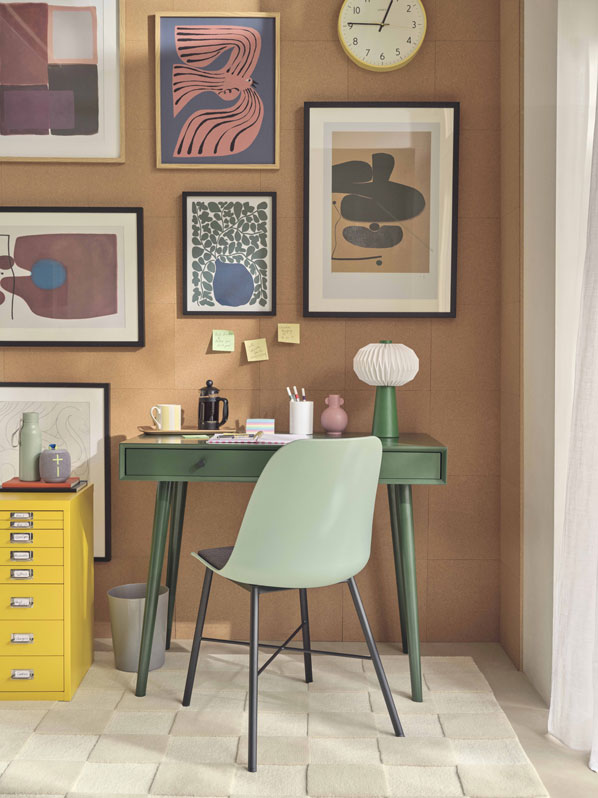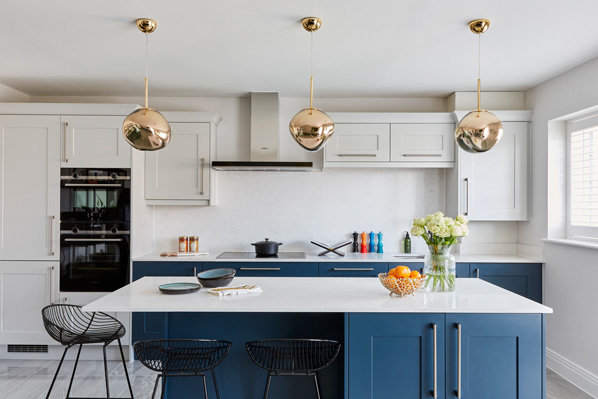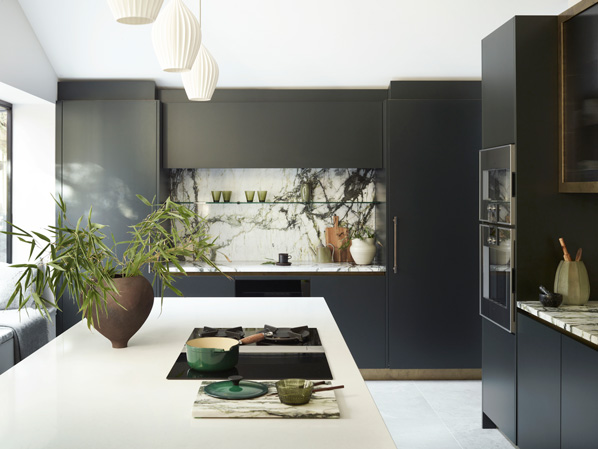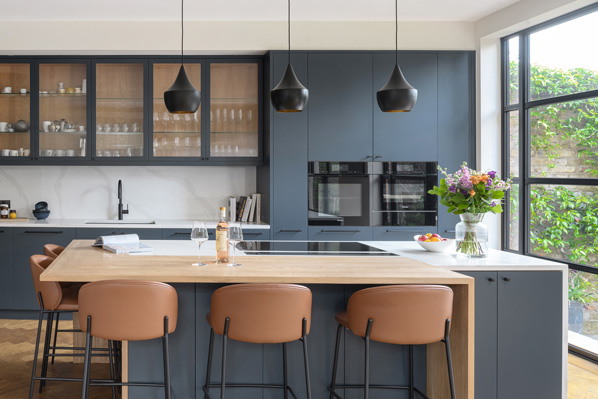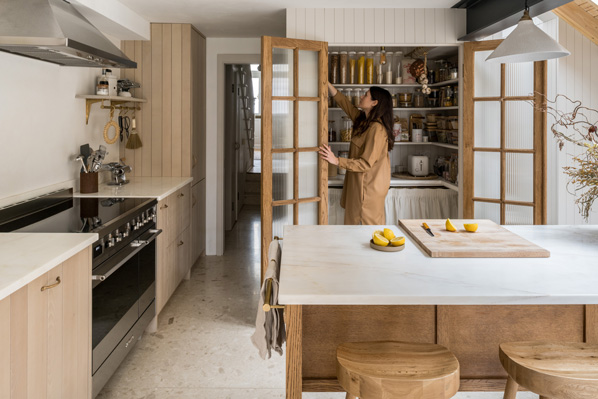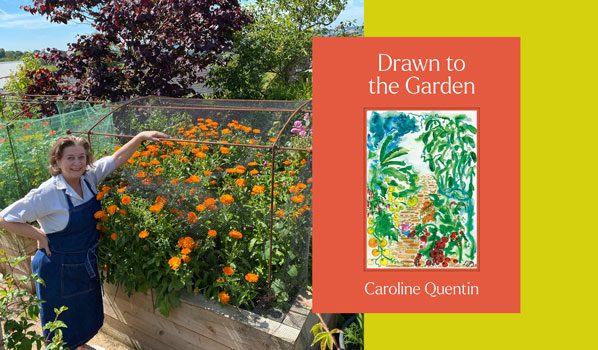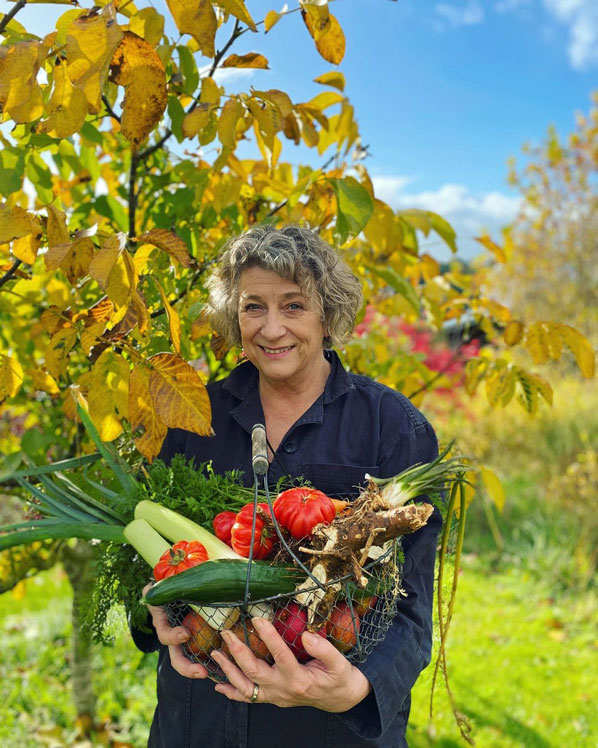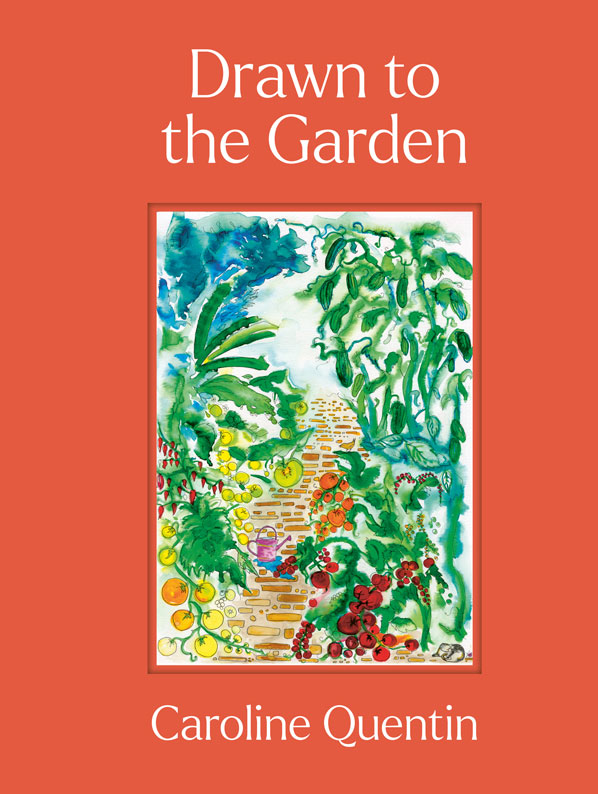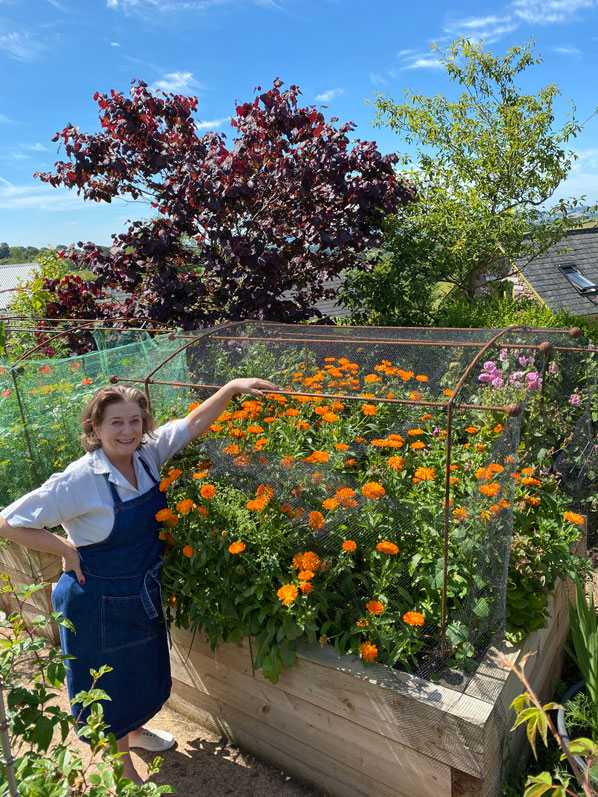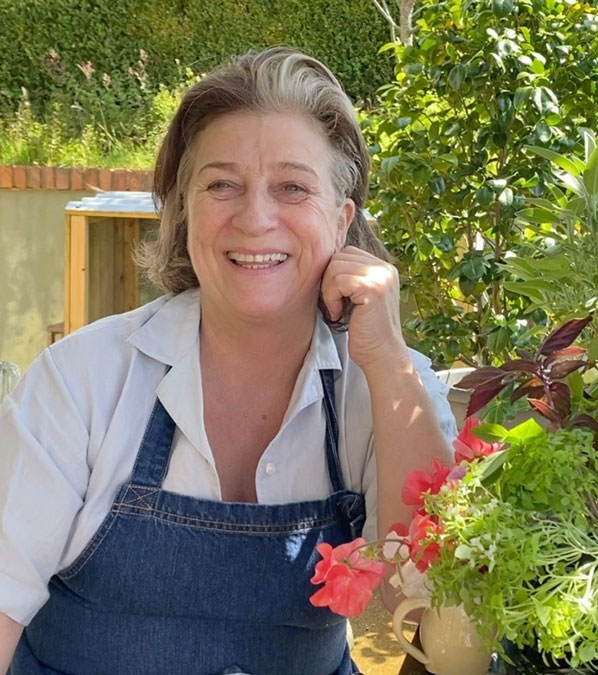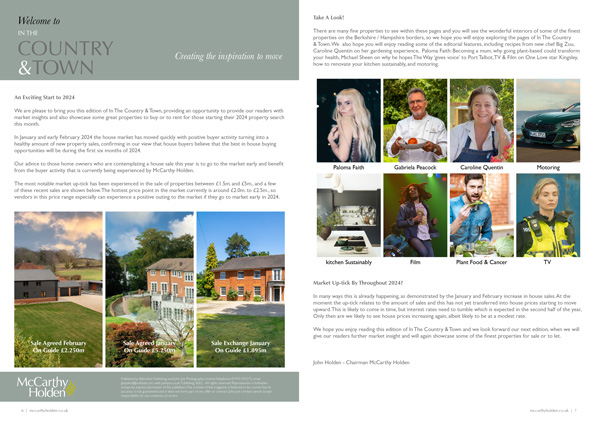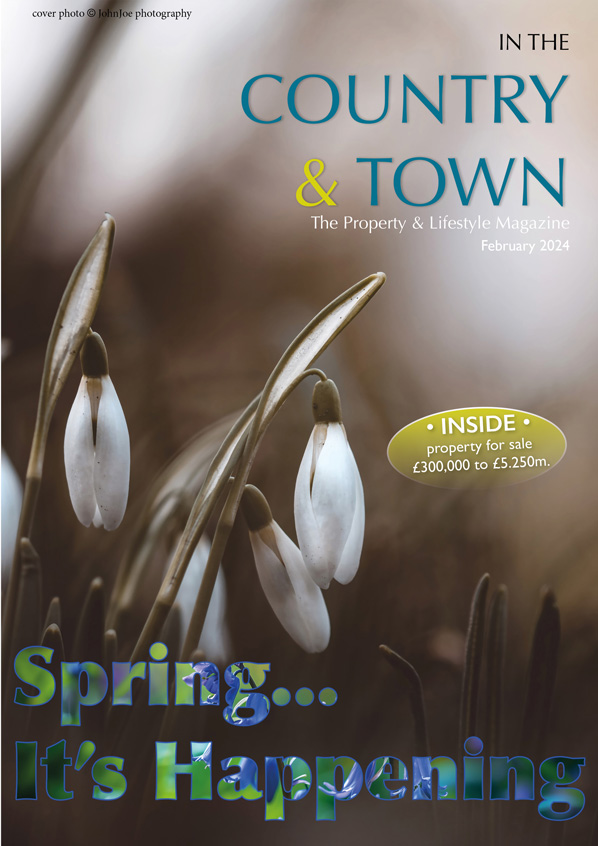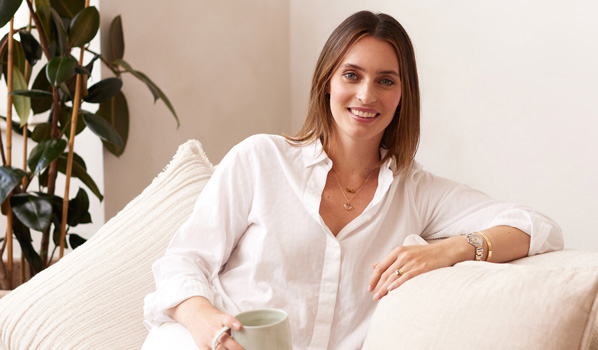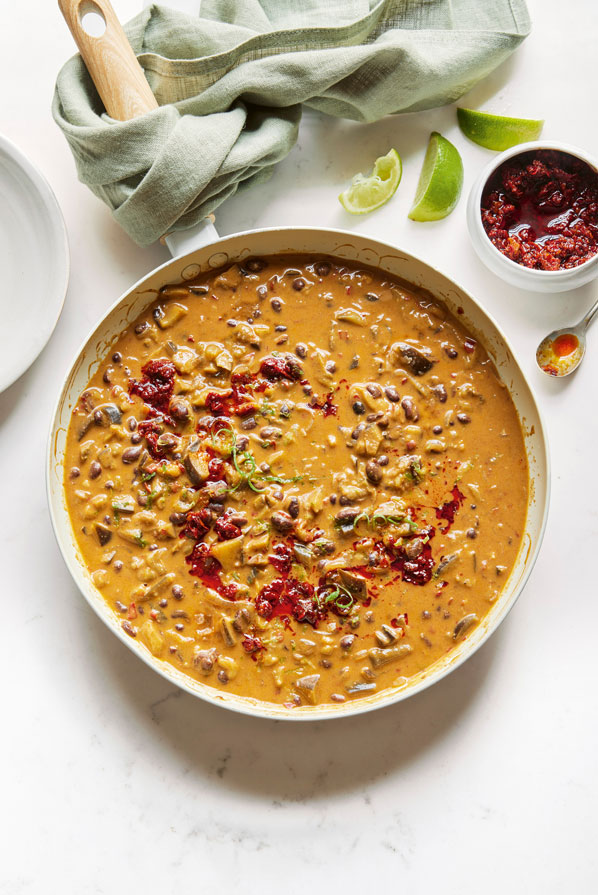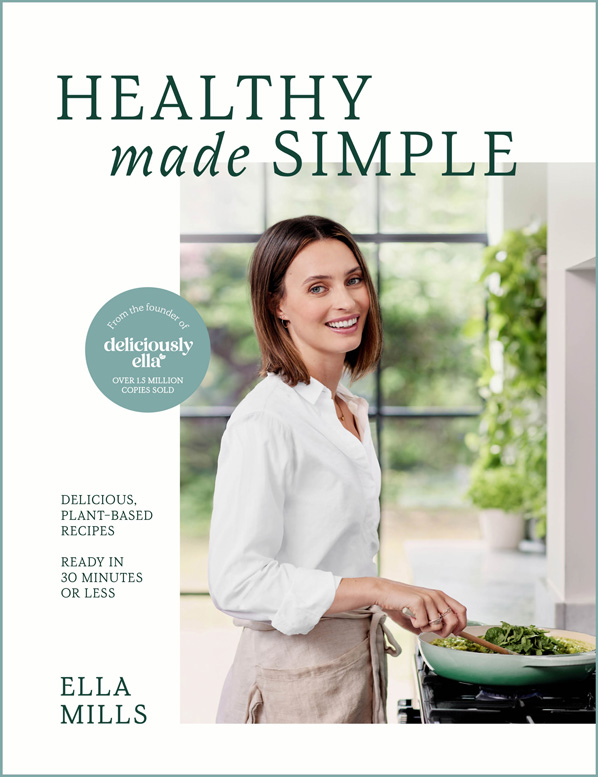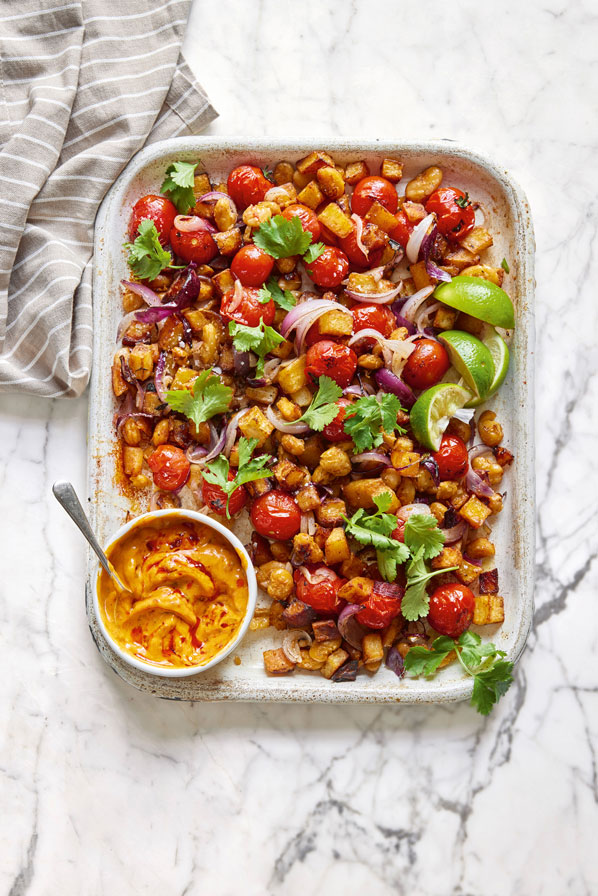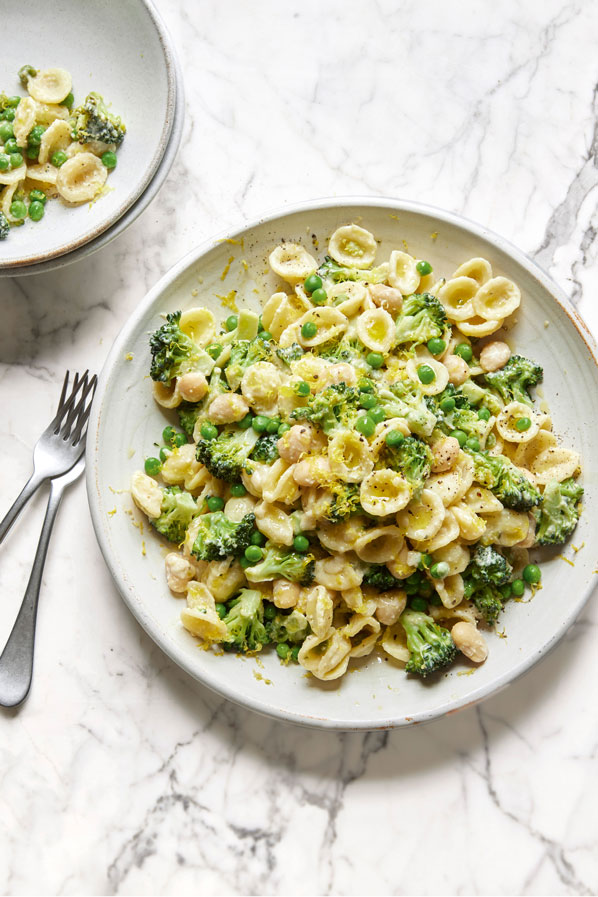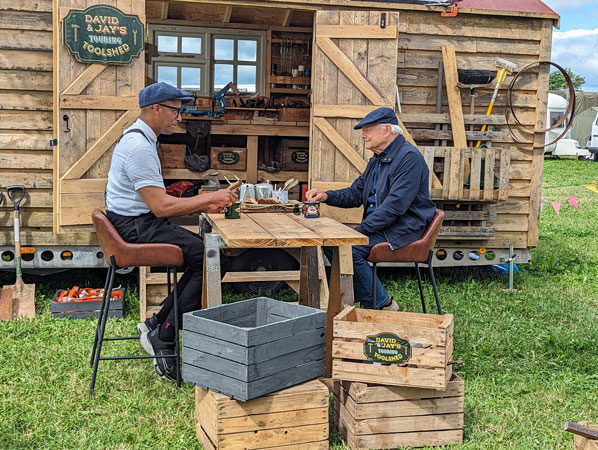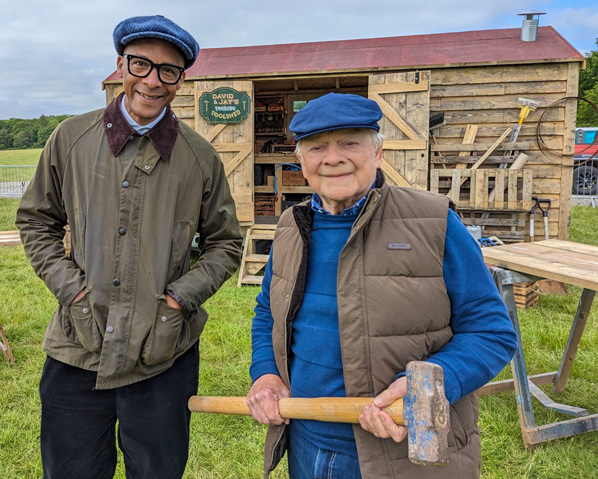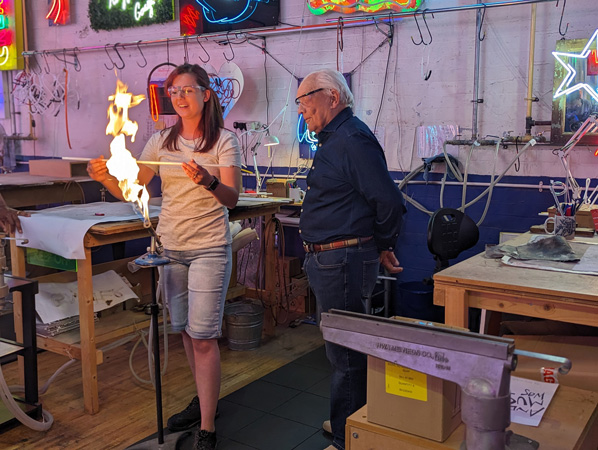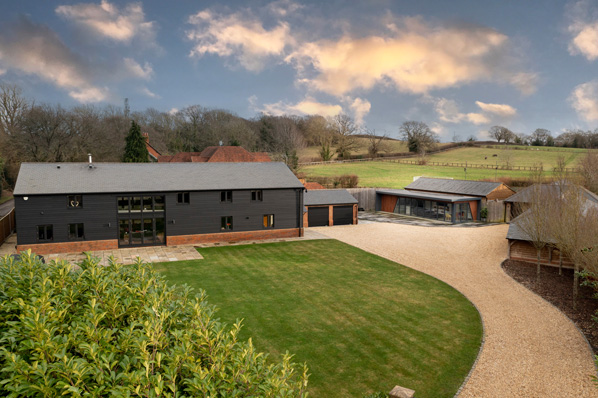With winter just around the corner and everyone gravitating indoors, our living rooms are about to see most of this season’s action.
Whether it’s cinema nights with the kids, socialising with friends or simply curling up with a good book, your communal space will undoubtedly become the centre point of everyday living.
So how to bring the feel-good factor to your downtime?
Here, architect and TV presenter George Clarke, highlights a few ways to accommodate the needs of multiple generations… whilst catering to the demands of awkward spaces in a smart and stylish way.
Create intimate zones
The layout of our living rooms has changed markedly over the years, as we all aim to create multi-functional spaces to serve many needs, notes Clarke.
Practical as well as aesthetically pleasing, think elements to help us relax, entertain and possibly work from home, alongside other activities.
“Creating intimate zones, however small, is key in designing a space that delivers on multiple briefs,” explains Clarke.
“And although many rooms don’t offer symmetrical proportions – many being long and narrow with special considerations, such as doors in awkward places – there are a few ways to achieve breakaway zones.”
The key when working to the quirks of your layout, especially when rearranging furniture, is to consider comfort, ease of movement and flow, highlights Clarke.

“Avoid placing everything around a room’s edges, which can result in too much empty space at the centre.” He continues. “Instead, opt to delineate your scheme, pulling furniture into more intimate arrangements.”
The back of a sofa can work well as a room divider, but be sure to choose furniture that looks appealing from all angles, as sides and backs will be on display as well as fronts, notes Clarke.
“And remember, it’s not just sofas that create convivial family zones. Beautifully crafted armchairs are also having a moment.”
“Think about pieces that complement each other rather than match, and try out informal circular groupings anchored by a generous footstool to encourage lingering.”
Large rugs stretched across rooms are a simple and effective way to create a natural divide for seating, eating and working, suggests Clarke.
“And bespoke bookshelves as room dividers and cabinetry that contain pull-out desks are a useful design solution.”

Put comfort first
“Comfort is king when it comes to the ideal living room,” underlines Clarke. “In fact, it was voted as the number one requirement by a long way in Sofology’s How We Live Now report which included independent consumer research, with the TV coming in as a not-so-close second.
“Whether you go for modernist-shaped seating, scrolled arms, button tuck detailing or tapered legs, it turns out the style of our seating is a matter of personal taste, but the feeling of wellbeing it elicits is non-negotiable.”
Modular sofas with flexible configurations work well, as does a selection of moveable furniture, including lightweight side tables that can be pulled into place for a spot of home-working, advises Clark.
“Task lighting that can be directed with ease, deep ottomans and plenty of plugs and USB ports,” he adds.

Entertain a seasonal cinemascape
If the TV promises to be central to enjoying your living room over the winter, Clarke recommends switching things up with a more cinematic experience, depending on your budget.
“Although screening rooms are often found in basement spaces and middle rooms of period homes benefitting from reduced natural light, they can also work within a regular living space,” suggests Clarke.
If a cinema-style sofa isn’t on the cards this Christmas, he says to consider layering the seating you have – and surround it with sumptuous textures and rich colours to create a cosseting escape.
“There’ll be some classic movies showing at this time of year, and a comfortable set up will make long winter nights all the more enjoyable.”

Get colour happy
As Clarke points out, incorporating bright colours and bold patterns adds depth and vibrancy that can help bring a welcome lightness to winter months.
Most people opt for white or neutral walls to help make a room appear larger, notes Clarke, but a single colour wash wall or brightly painted shelving can help brighten things up.
“Stylists I’ve worked with in the past have said when it comes to colour and pattern, breaking the rules rather than following specific trends often produces the best results.”
“I love this idea, especially as one in five of us updates our living spaces on a yearly basis. Changing the colour of a living room doesn’t have to cost the earth or represent a long-standing commitment – and the results can be surprising.”

Think social
It’s the season for socialising and where better than in the comfort of your own home…
“Open plan kitchens-cum-living rooms are perfect for enjoying a more relaxed approach to hosting,” says Clarke. “We know people migrate to the living room in winter, so rethinking the space slightly to cater for this can really help take the stress out of having people over.
“Sitting rooms with alcoves offer a wealth of opportunity when it comes to socialising, so switch out books for something more appetising and useful,” suggests Clarke.
“Built-in bars might not be to everybody’s taste, but temporary pieces like a retro drinks trolley can help create a zone within a living room – offering much-needed storage and help bring the fun to an evening with friends.”
























